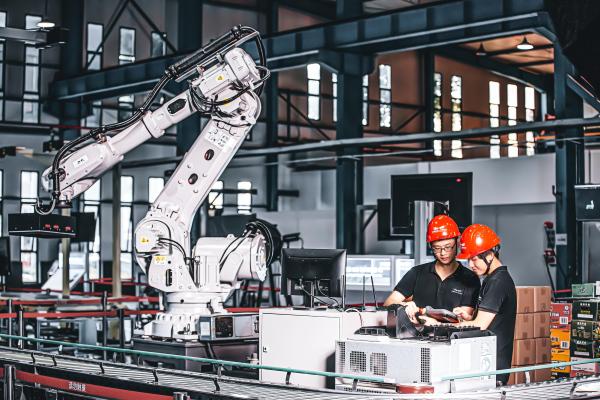Five Ways to Identify Bottlenecks and Other Operations Management Issues in Manufacturing
For your manufacturing company’s operations to run smoothly and ensure you can always meet customer demand, it’s essential that you’re able to identify any issues that cause bottlenecks and other operation management issues.
Here are five ways of going about it.
Identify Human Resources Shortfalls
Bottlenecks often occur due to shortfalls in human resources.
While every company will experience staffing problems from time to time, when key specialist members of staff are absent in manufacturing companies, for whatever reason, it can mean operations end up running at a limited capacity or operations simply come to a complete halt.
In turn, bottlenecks will happen. While you may be able to replace some workers at short notice, it isn’t always possible to do that with specialists.
So, to identify bottlenecks that are caused by human shortfalls, you need to analyse employee resources and then use proper management, including hiring appropriately and using budgets wisely, to solve the problem. A product manufacturing china company can especially face this issue if they do not have a sufficient number of skilled workers. This is why it's crucial to have proper HR management in place and constantly monitor staffing levels.
With skilled human resource management and an excellent contingency plan, you can turn things around and prevent bottlenecks from happening.
Identify if Your Machine Capacity Can Meet Demand
Your machine capacity must be able to meet demand if you want to prevent bottlenecks from happening.
By planning everything in detail in advance you can ensure you can always meet demand.
It’s not best practice to simply push your equipment beyond its capacity because that can lead to accelerated wear and tear on your machines; and if your machinery breaks down, you certainly won’t be able to meet demand.
Whether you’re pushing capacity across all of your production or just one production line, you’re at risk of causing serious bottlenecks.
Ensure you can meet the demand for any project by carefully analysing your machine capacity before you take on the work.
Identify Areas of Potential Human Error
Human error is often the reason for bottlenecks and other operation management issues, whether the error happens during the programming stage or the machine operation stage.
Therefore, you need to identify where there’s a lack of automation in your daily operations and identify which manual processes can be improved by becoming automated.
You can also manufacture smarter and faster by using SAP hyperautomation.
The more you reduce the level of human error across the board, the more you can ensure processes aren’t inefficient and bottlenecks don’t occur at critical points in the chain.
Identify Poorly-designed Workflows and Processes
If your processes are ill-defined or your workflows are poorly designed, you’re sure to experience operation management issues.
So, look at your processes and workflows from a fresh perspective to identify any potential problems.
That could be as simple as identifying machinery that is outdated or identifying that you have only one laser cutting machine when you need two to prevent bottlenecks and other issues; in which case, it’s time to look at purchasing discounted laser cutting machines.
Look at how long your machines have been in use and how often they are serviced, assess your workflows, and reconsider your factory floor layout to identify issues and come up with ways to ensure your operations run smoothly.
Keep a Close Eye on Your Inventory Levels
Bottlenecks and other management issues with operations can often occur when you don’t have the right inventory levels.
For instance, if you don’t keep a close eye on your inventory levels, you could end up not being able to meet the demand of your clients.
The last thing you want is to be out of stock during times of high demand, so ensure you always have a real-time view of your inventory.
You could also carry extra stock to ensure you always have the supplies you need, but be aware that that will lead to increased costs, so simply keeping track of your inventory levels is often the best solution.

